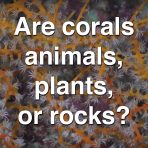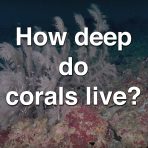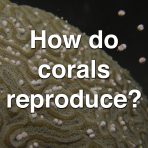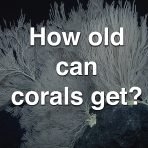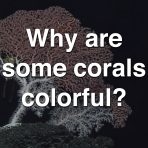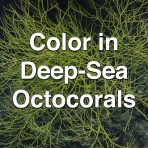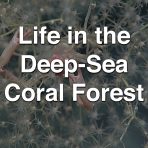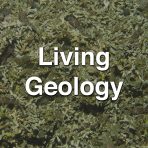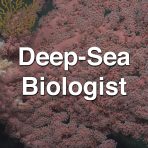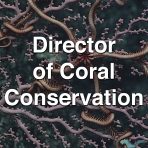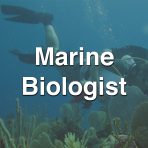About
This education module will help middle school and high school students learn about the architects of the ocean – corals. When you click on an image, the information will be on the right. Be sure to click on the hyperlinks to go to other websites for more learning.
Teachers Click Here
Coral Facts
Learn some fun facts about coral! You can learn more coral and ocean facts through the NOAA Office of Ocean Exploration and Research.
Videos
Enjoy a selection of videos edited by GFOE videographers on the beauty, biodiversity, and biology of corals. Click the 3-line icon in the upper right of the video to see the full playlist.
Learn from the Experts
There are so many things to learn about corals! Why are some corals so colorful? What kind of animals live on corals? What do corals and geology have in common? Coral scientists and experts will answer your questions below! You can continue exploring and learning from coral experts here.
Coral Careers
Are you interested in working with corals? From traveling the world to protecting vulnerable species, learn what it takes to work in coral science. You can explore other coral careers through NOAA here.
Think About It
- What would the ocean look like without corals? Why are corals an important part of the ocean ecosystem?
- What conditions are needed for a coral to grow?
- If you were to study corals, what would you want to research and how would you do it?
You and Your Student
- Design a deep-sea coral food web (below 500 meters) with the animals typically found at depth. How does each species utilize the coral? Then take one of the organisms away. How do you think the ecosystem will be affected?
- List and describe the reproduction options in corals. What advantages and adaptations have corals developed to reproduce?
- Describe the life cycle of a coral mound over two different time scales – twenty years and a thousand years. What changes could you see in the short term (twenty years)? What changes could occur over a thousand years and how would the coral mound ecosystem change during that time?
For Teachers
Material in this module aligns with the requirements of the following Next Generation Science Standards:
MS-LS1-4 – Animal behaviors affect the probability of successful reproduction
DCI LS1B (Growth and Development of Organisms)
MS-LS2-3 – Describe the flow of energy in an ecosystem
DCI LS2B (Cycles of Matter and Energy Transfers in Ecosystems)
HS-LS2-6 – Ecosystems with stable conditions have consistent biodiversity, but extreme conditions can change the ecosystem
DCI LS2C (Ecosystems Dynamics, Functioning, and Resilience)
HS-LS4-3 – Organisms with an advantageous trait increase in proportion to organisms lacking that trait
DCI LS4C (Adaptation)
It also aligns with the following Ocean Literacy Principles:
5 – The ocean supports a great diversity of life and ecosystems
7 – The ocean is largely unexplored

